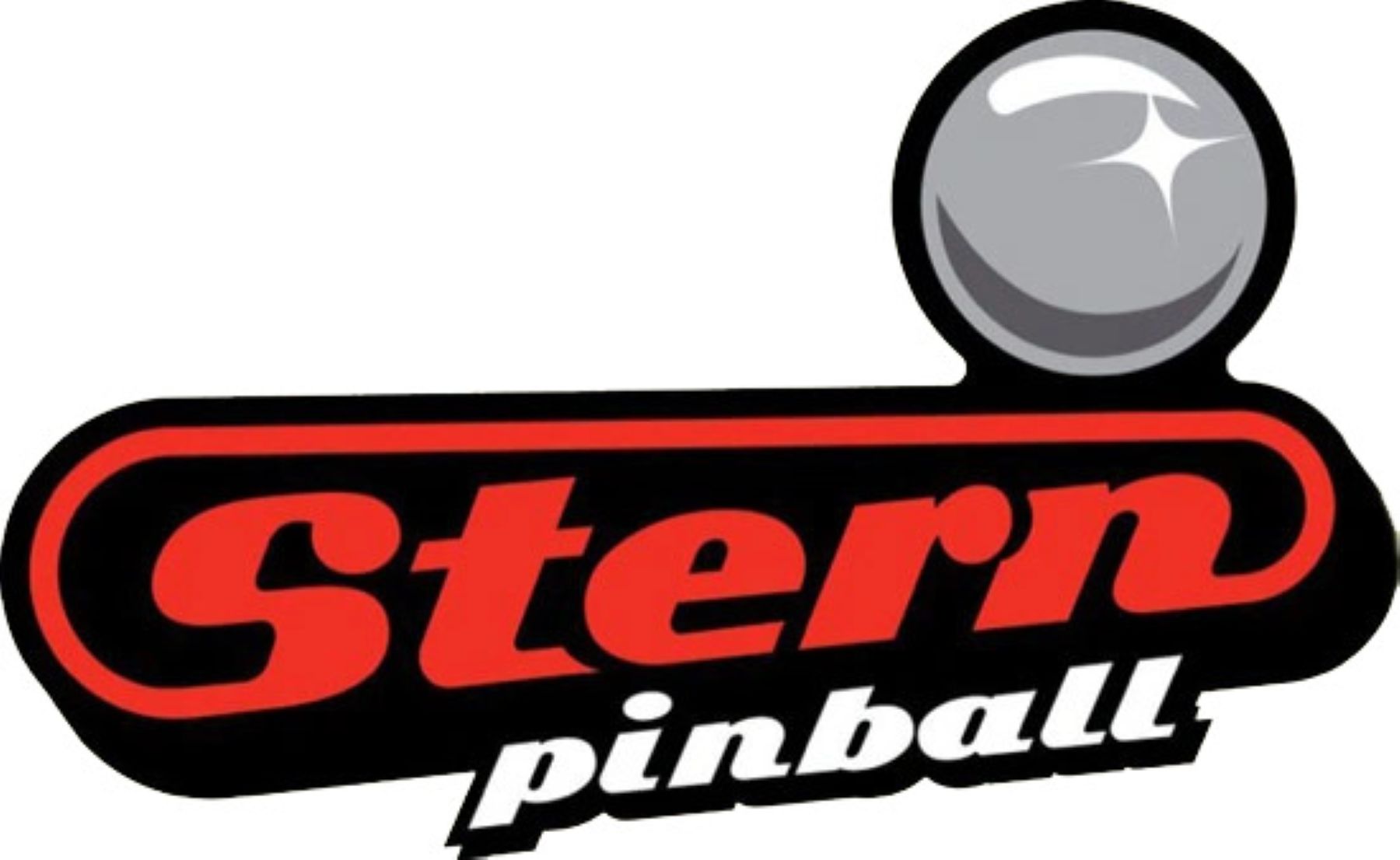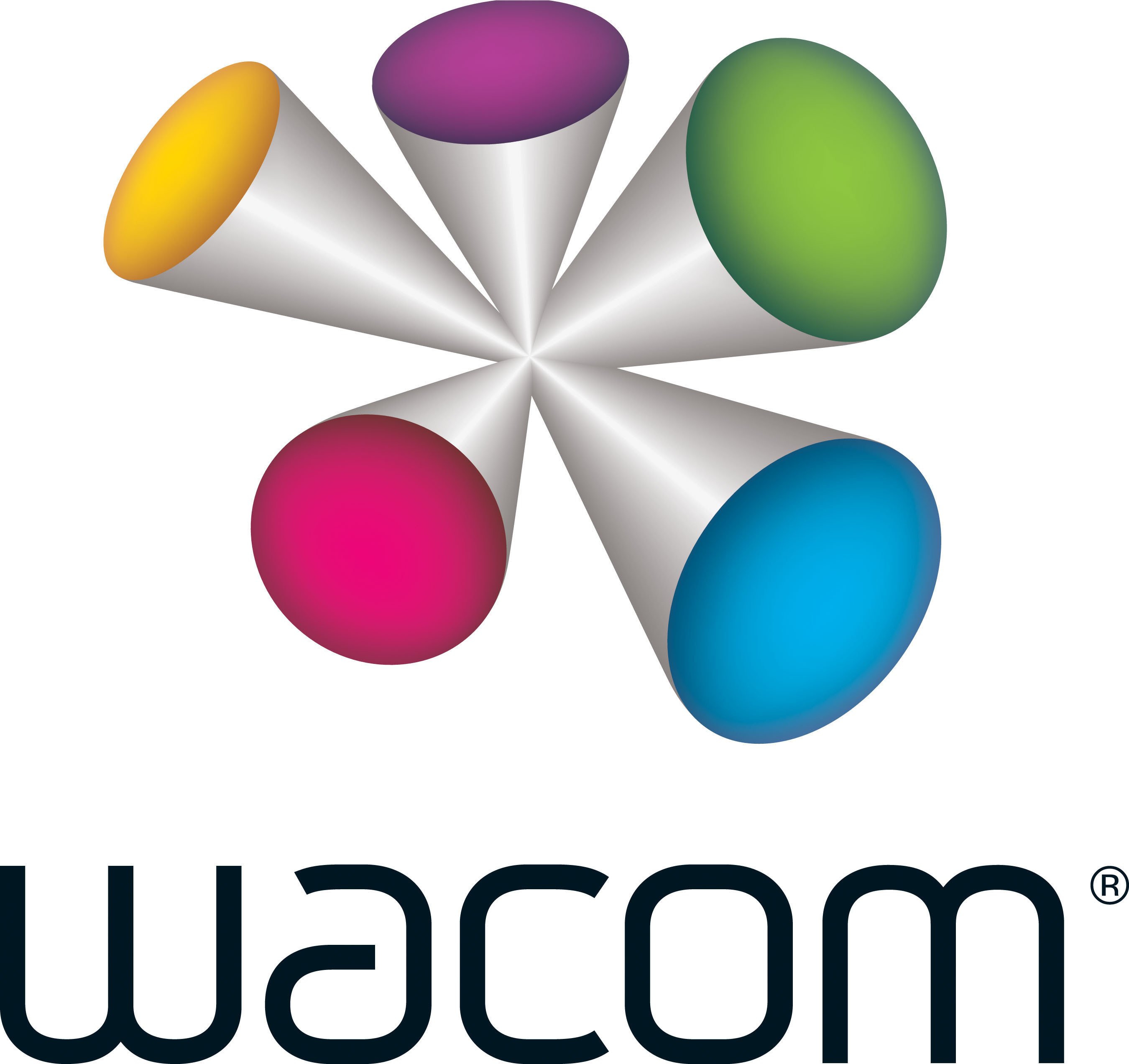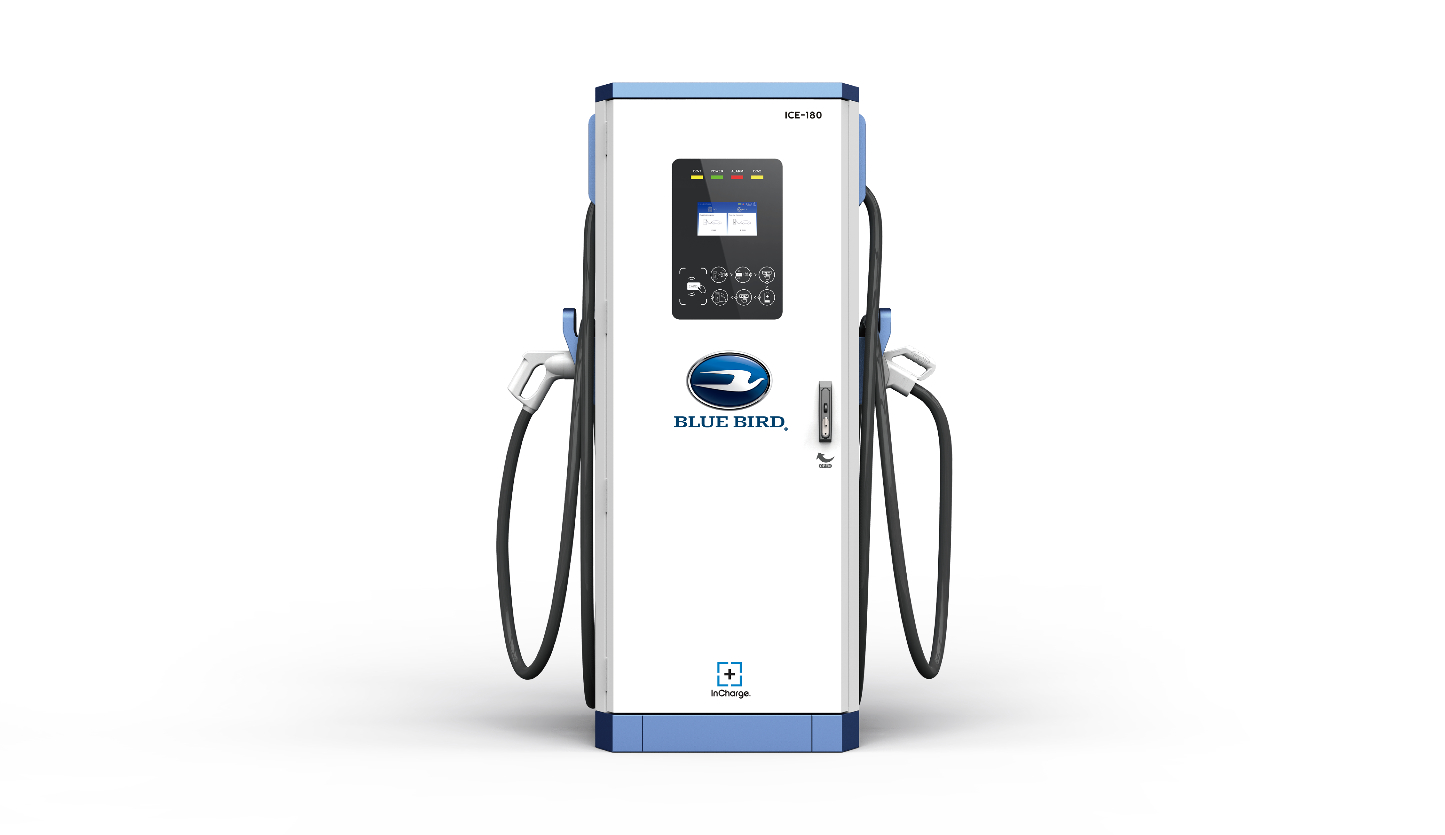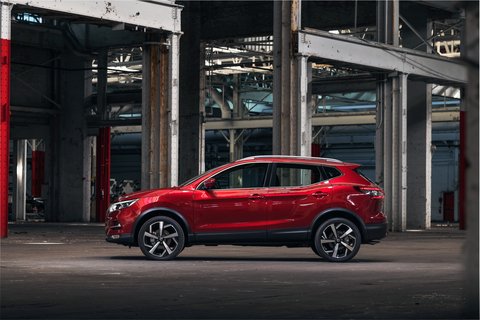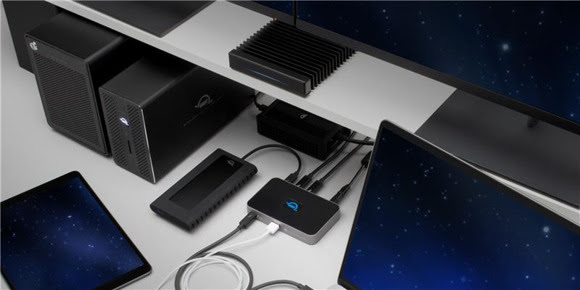The Difference Between 3D Printing and Laser Cutting

Manufacturing and machining have entered the high-tech world with computer-assisted design and computer numerical control tools. To take advantage of new tools and processes, makers, machinists, and metal fabricators should know the differences between 3D printing and laser cutting.
As it turns out, the elementary-school concepts of addition and subtraction explain the primary difference between 3D printing and laser cutting. One process adds material, while the other cuts it away.
Understanding the 3D Printing Process
3D printing is what’s called an additive process. A 3D printer adds material layer by layer until it forms the programmed three-dimensional shape and size.
Different types of 3D printers work with plastics, resins, and metals. Techniques depend on the material. 3D printers use a process called sintering to convert powdered plastic polymers into solids with heat and pressure without causing liquefaction. Lasers then fuse the particles together.
Another type of 3D printing turns liquified resins into solid objects using UV light. Metal 3D printing uses processes such as targeted laser melting, laser sintering, or binder jetting. The latter lays down liquid-binding material between layers of metal powder, and then the object goes through heat curing processes.
Laser Cutting
By contrast, laser cutting removes (subtracts) material—usually metal—by cutting it away until the remaining metal takes the desired shape and form. Like 3D printers, laser cutters rely on computerized instructions to complete the desired design. Unlike 3D printing, however, laser cutting doesn’t usually create the final product: instead, it creates two-dimensional parts that may go through further processes such as welding to create the final product.
Advantages and Disadvantages
3D Printing
The big advantage of 3D printing is that it creates a complete, final product. It can create prototypes of items that must be separately manufactured, yet newer innovations have brought 3D printing into the realm of creating finished products, from athletic shoe soles to dental alignment devices and even entire concrete houses. A giant 3D printer can create a complete house within 24 hours. Other big advantages are that 3D printers create little waste and save money.
The disadvantages of 3D printing are that it’s slower than laser cutting for most jobs and that many 3D printing machines will work with only one type of material—you can’t mix and match, in most cases.
Laser Cutting
Among other benefits, laser cutting is faster than 3D printing, creating precision-cut two-dimensional components to quickly match computerized designs. These parts later come together to create a final part or product. Disadvantages include high initial cost and potential environmental hazards. Lasers create intense heat, so shops must also manage fire hazard risks.
Using a laser cutter on certain materials—especially plastics—can also create extremely toxic fumes. Makers who use laser cutters must educate themselves on proper ventilation and PPE (personal protective equipment), depending on the type of material they’re cutting.

